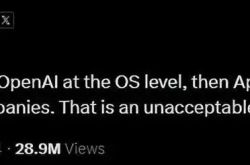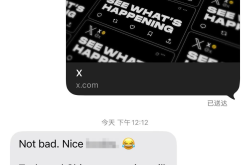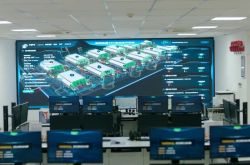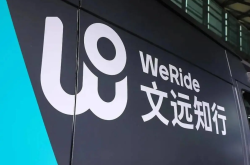Li Bin now is more formidable than Elon Musk in 2023
![]() 09/23 2024
09/23 2024
![]() 588
588
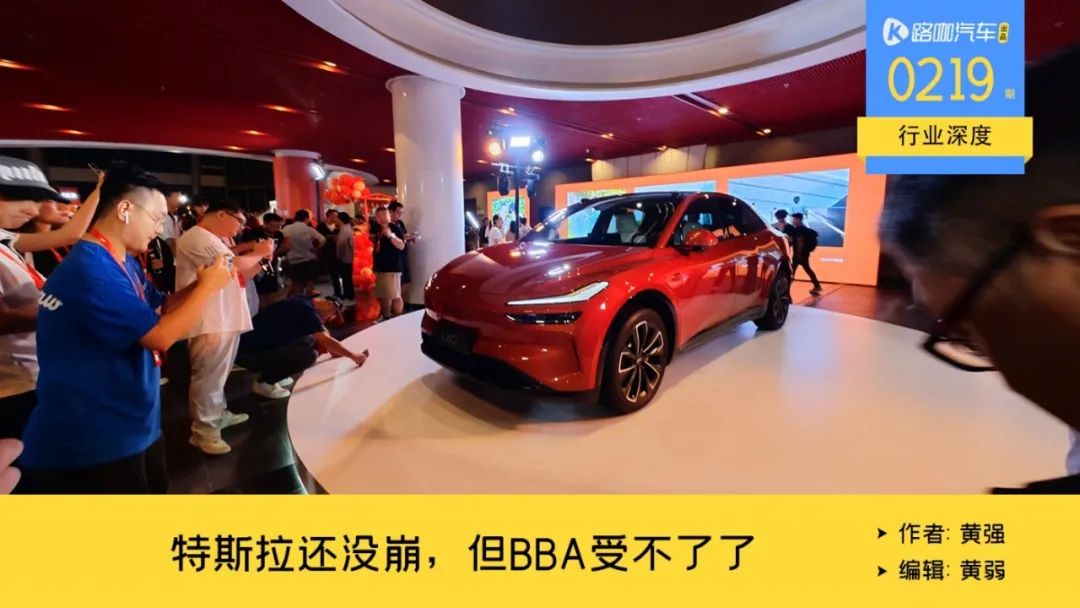
If NIO and Zeekr's data are reliable, it means that more than 100,000 people have chosen not to spend 300,000 yuan on a car in the fourth quarter of this year.
Li Bin is a unique personality in the automotive industry, so during the Q&A session after each press conference, when asked about order numbers, he would always say, "We never disclose that information, so please don't ask." As a result, very few people ask such questions now. However, not asking and not answering doesn't mean there isn't buzz.

Regarding the order numbers for Letao L60, the official response during the second day's communication meeting was that the server capacity had been temporarily expanded fivefold due to an overwhelming number of orders.
Unofficial but logically supported speculations include, "I heard there are over 120,000 small orders," and "At least 50,000 people placed firm orders after the press conference." After Letao's overwhelming orders, some people also recalled NIO's ET5, which also had impressive numbers with over 230,000 orders, but NIO failed to capitalize on them due to capacity and other issues.
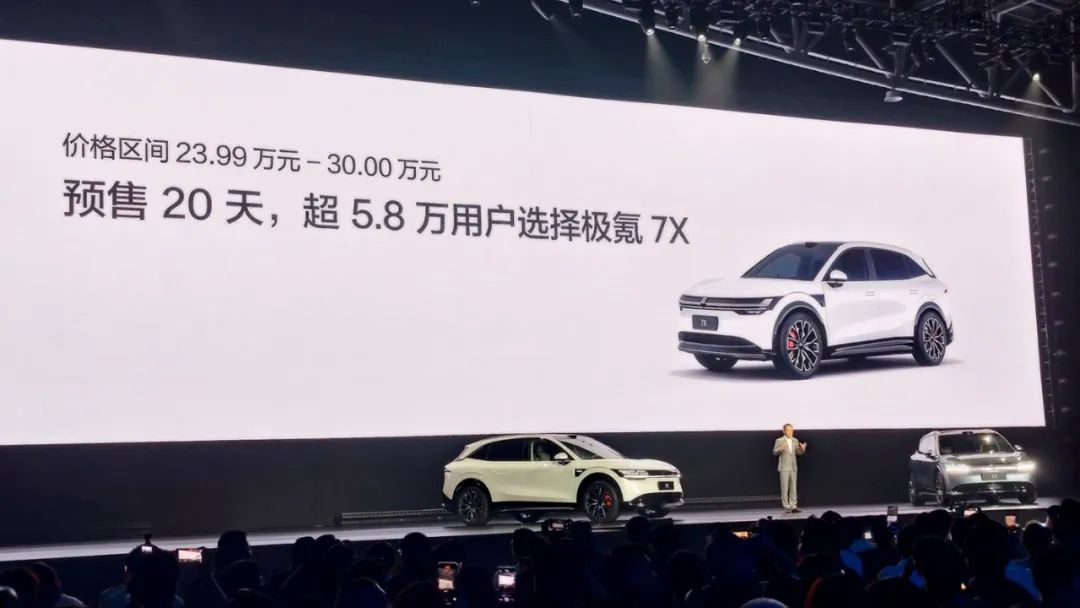
Zeekr, on the other hand, boldly included their order numbers in their presentation. Within 20 days, Zeekr 7X received over 58,000 small orders for models priced between 239,900 and 300,000 yuan. If the industry's typical conversion rate of 30% holds true, this means Zeekr has already secured over 20,000 firm orders. However, given that the final pricing is up to 30,000 yuan lower than the pre-sale price, the old conversion rate may not apply.
In summary, the Chinese automotive market has reached a new turning point. The 200,000-300,000 yuan market segment is akin to the Battle of Ping'an in the TV series "Sword of Brightness," where defeating the Tesla Model Y is no longer just a dream for everyone.
In fact, Li Bin is the Elon Musk of 2023
Although An Conghui said at the Zeekr 7X press conference that they shouldn't mimic the Model Y, everyone wants to defeat the Model Y and become the new standard. Defeating the strongest and redefining the rules is the clear operating principle.
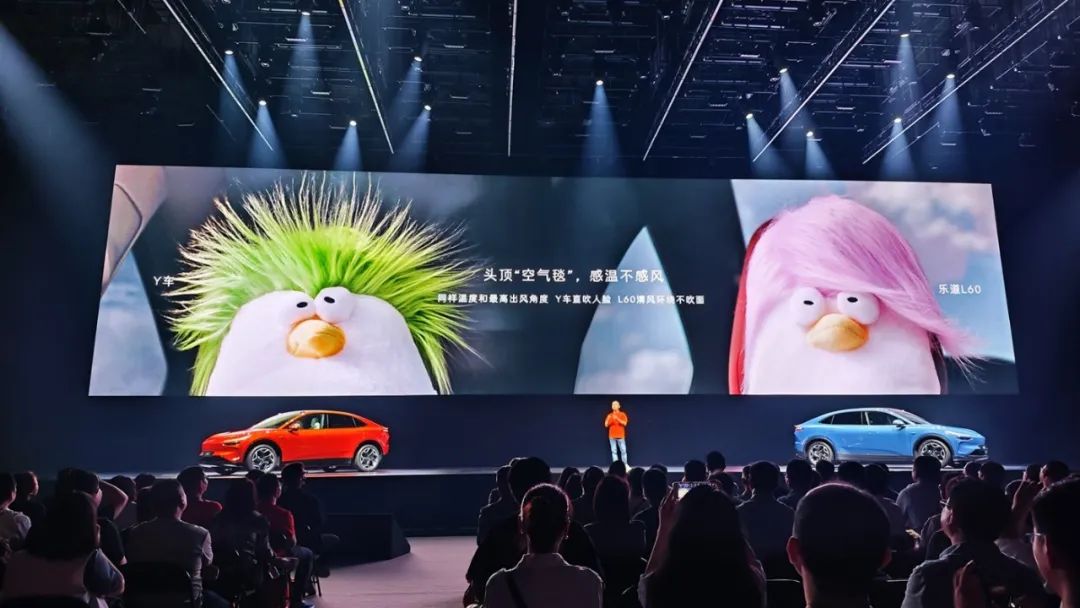
In 2023, Tesla's official price cuts triggered an 18-month-long price war in the Chinese automotive market. Now, Li Bin's Letao has the potential to be the spark that ignites another round of competition.
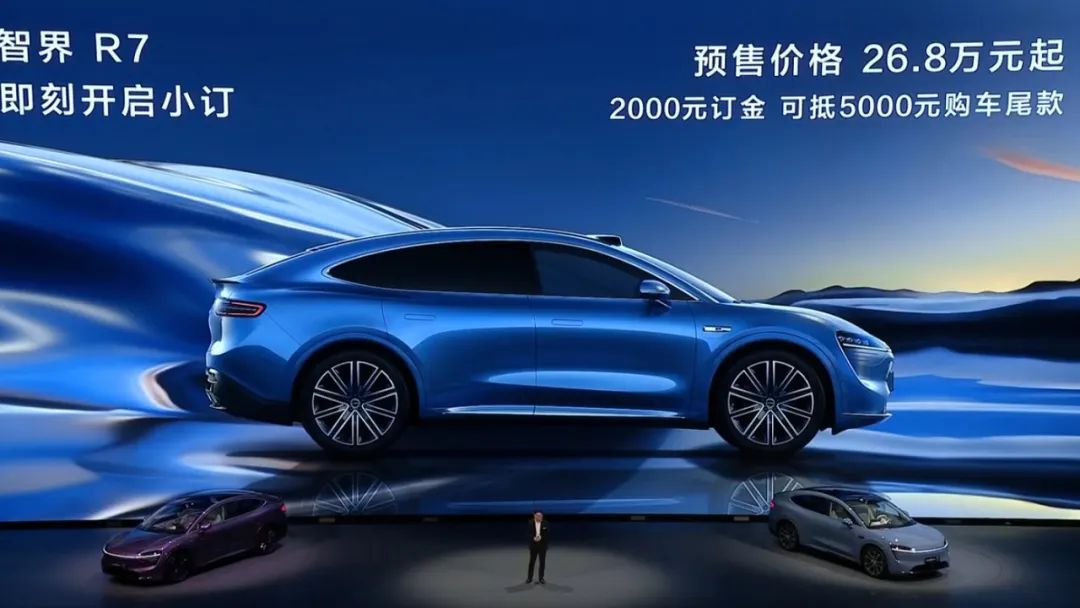
Starting in late September, this chaotic competition will last at least until the launch of IM Motor R7 in October. After that, we can expect the arrival of Lixiang's pure electric SUV. While straightforward price wars may have subsided, a new round of pricing competition for new vehicles is inevitable.
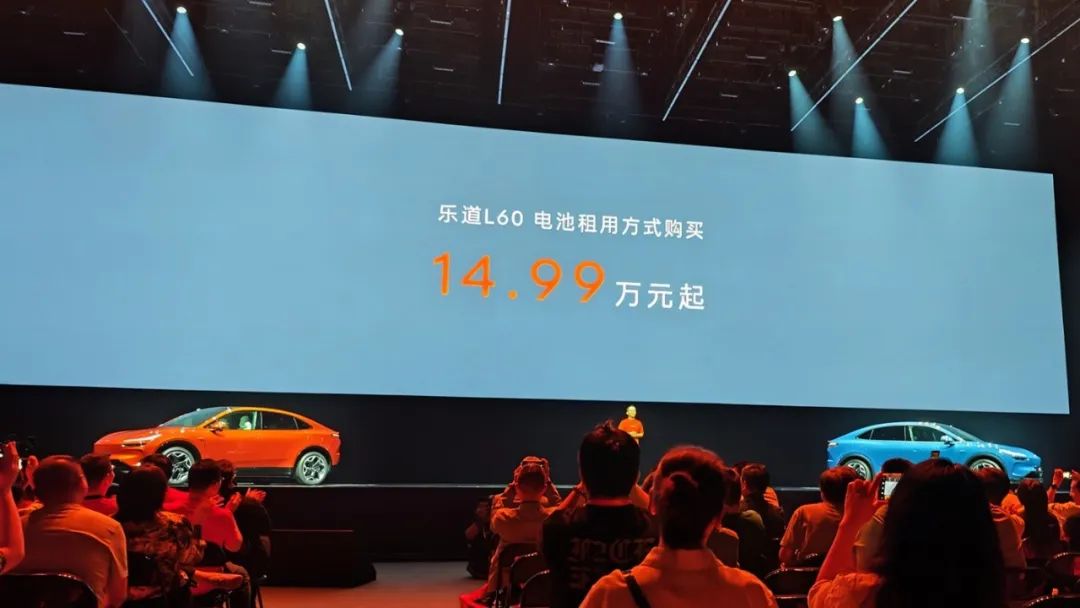
The starting price of 206,900 yuan does not surprise those familiar with Li Bin. The starting price for the BAAS model is below 150,000 yuan, which was clearly stated when Letao L60 was first announced. The challenge for Li Bin and Ai Tiecheng is that, as the first to announce the price of a new vehicle in this new round of competition, if the price is not attractive, they risk becoming a stepping stone for at least five other automakers to rise above them.
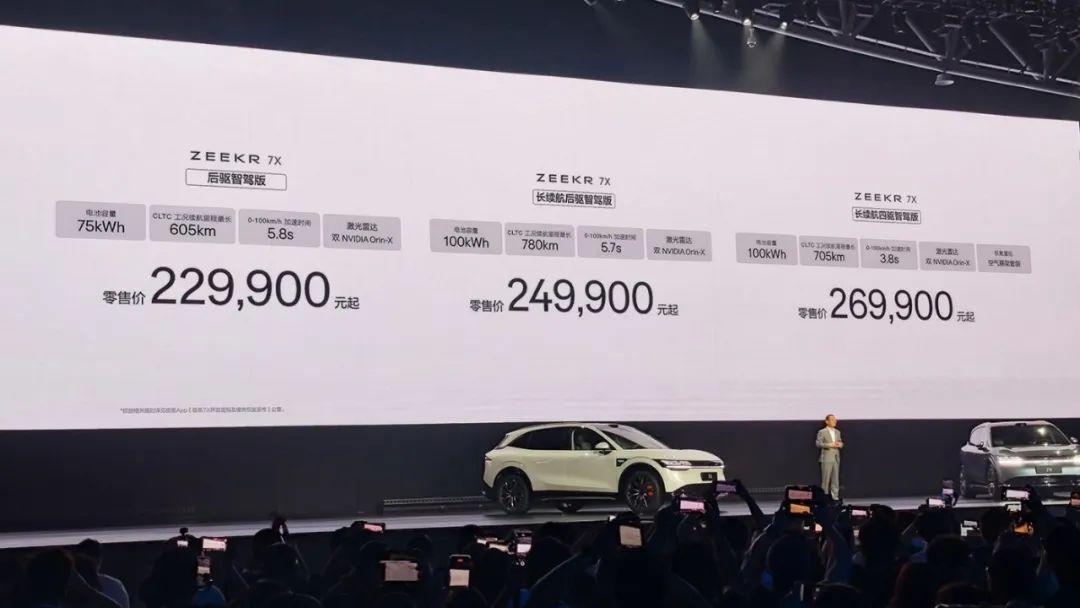
From a marketing perspective, everyone is learning from Huawei and Xiaomi, aiming to stimulate consumption during every holiday. In this round of Tesla-sniping, Letao L60 takes the lead, followed by Zeekr 7X, AITO 07, IM Motor LS6, and IM Motor R7. All have similar dimensions and range, with the key differences lying in pricing and market positioning.
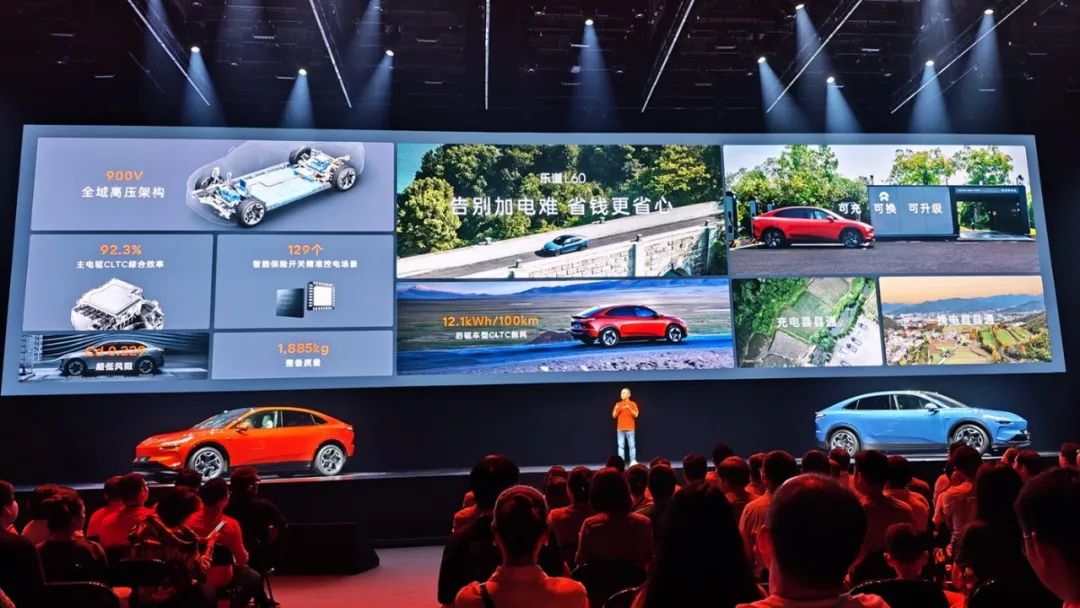
So, when asked about Letao L60 or Zeekr 7X, their performance is all-around, with no obvious weaknesses, and they even share similar product definition philosophies.
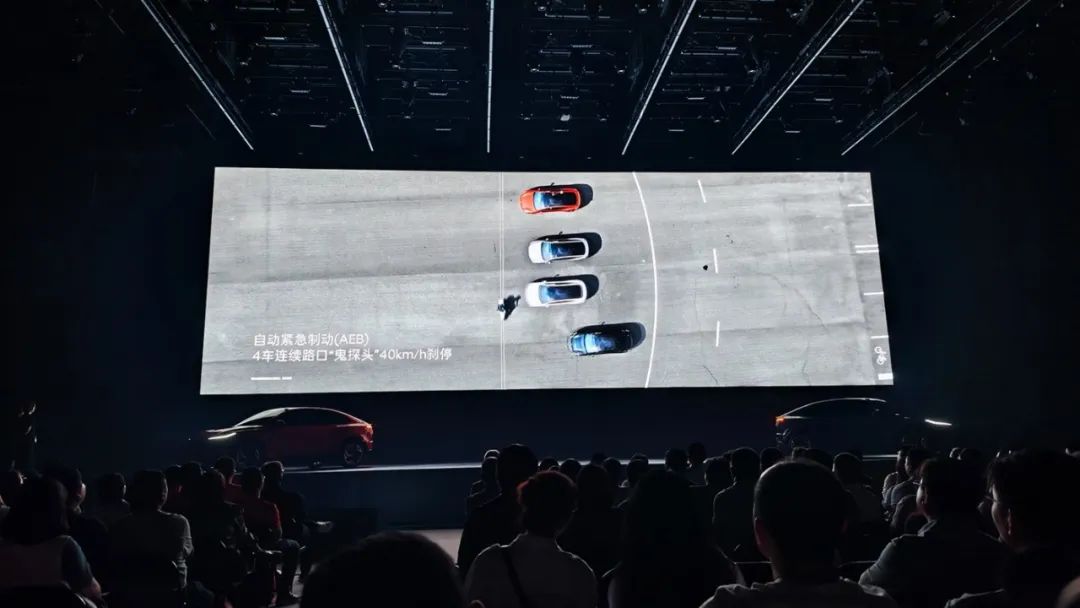
Letao's product focus, in order of development, is safety, space, energy efficiency, and design. In terms of product realization, safety is difficult to define, but features like dual-chamber remote airbags, rollover protection, battery scratch resistance, and successful AEB stops at 120 km/h at night, as well as passing a four-car continuous intersection test at 40 km/h, can reassure consumers. In terms of space, four bloggers weighing over 100 kg could fit comfortably in the L60 during a live broadcast. As for energy efficiency, both official information and live test results show that the 900V system achieves less than 12.5 kWh/100 km, which is 5 kWh lower than Tesla on highways.
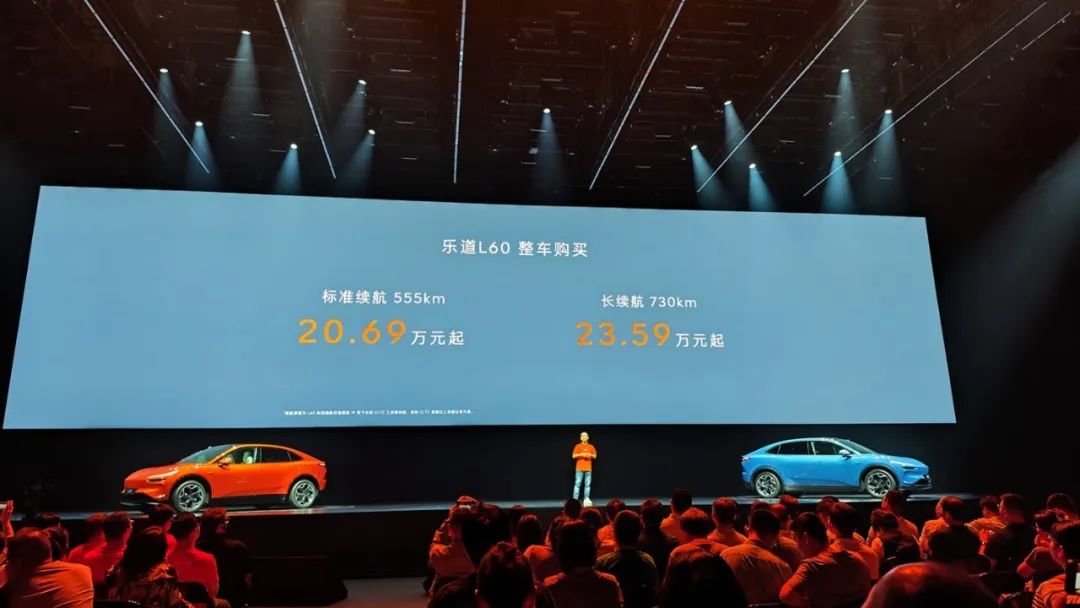
Furthermore, every detail of using a gasoline car has been carefully considered. The 4+1 swap coupon is based on driving 2,000 km per month in a gasoline car. Ai Tiecheng has repeatedly emphasized that the BAAS battery rental model only costs as much as filling a 60L tank with 92 octane gasoline, which is expected to become a major sales tool for Letao dealerships. Behind this is the recent announcement of the "County-to-County" battery swap network.
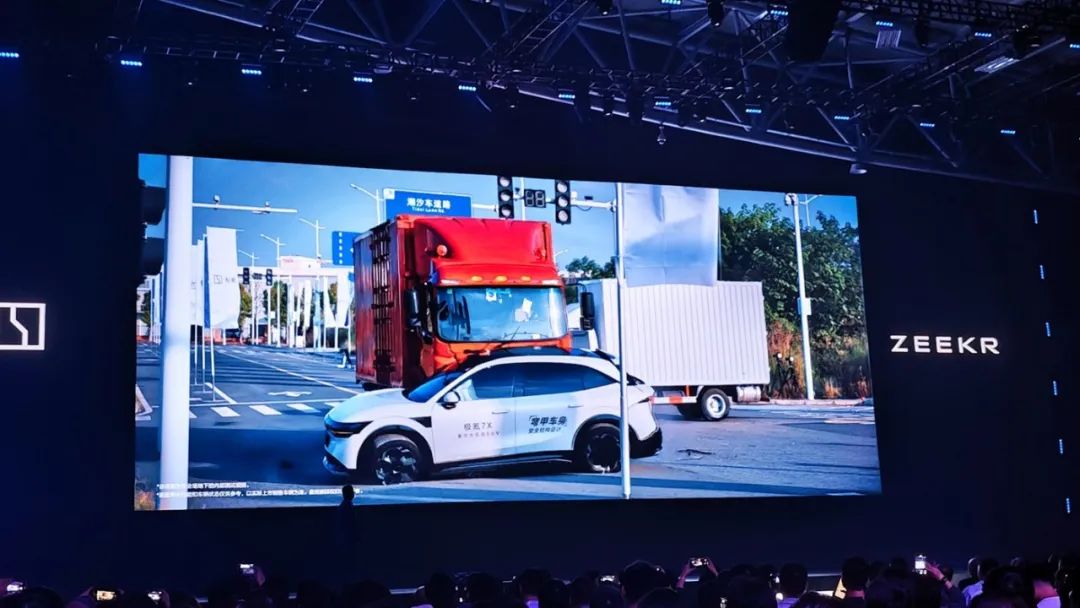
Zeekr 7X follows a similar logic, with product definition driven by safety, space, charging, off-roading, and handling. Safety is a global first, with no fastback design to improve range or space. Charging speed reaches up to 546 km in 15 minutes with the Qilin battery and 10%-80% in 10.5 minutes with the Bricks battery. The entire lineup features 800V systems, and the all-wheel-drive version has air suspension for off-roading and emphasizes handling.
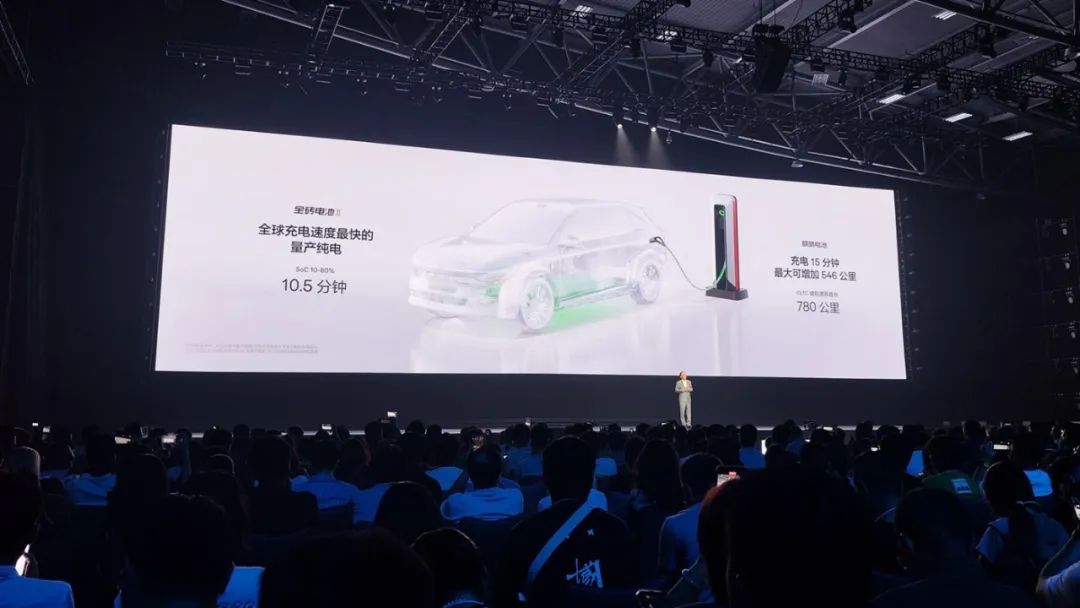
The two vehicles share similarities as all-around performers, with prices below consumer expectations. Both have unique selling points. Below 200,000 yuan, the only vehicle with low energy consumption, battery swap capability, and many of NIO's generalized features is Letao L60. Above 230,000 yuan, the only pure electric SUV with high safety, fast charging, and top-notch features is Zeekr 7X.
Threshold lowered by another 50,000 yuan for traditional luxury cars?
The traditional segmentation of the fuel-powered car era has been disrupted. The latest competition logic, as An Conghui put it, is that where there were once standards, these new vehicles now have them all, and where there were no clear standards, these new vehicles are establishing them on their own.
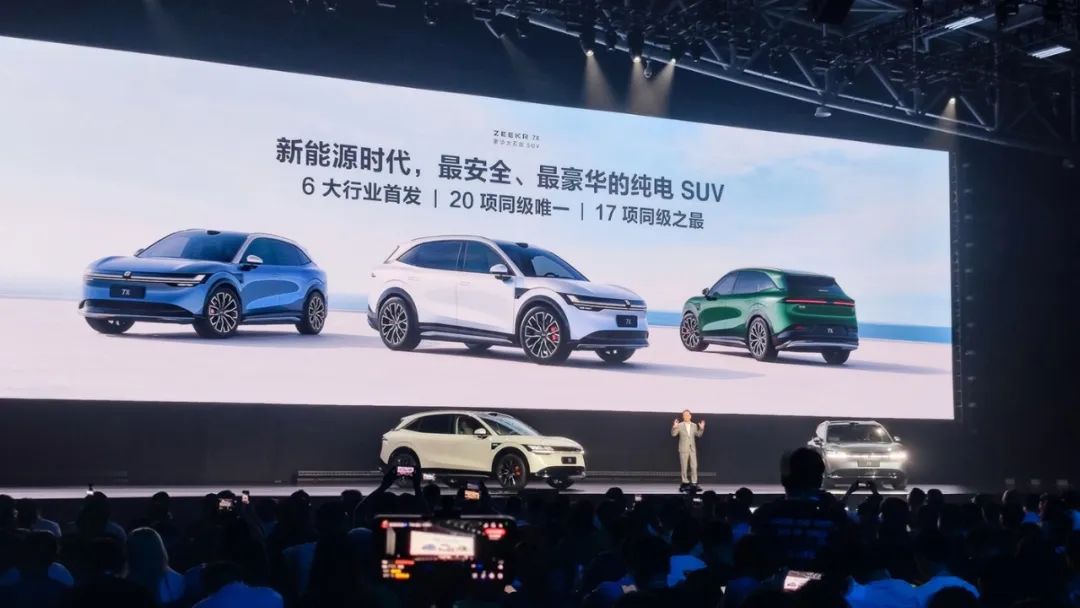
Phrases like "industry first," "only in its class," and "best in its class" are prominently displayed on the background walls during press conferences, and they don't feel like blatant advertising violations but rather acceptable claims.
Essentially, the competition between Letao L60 and Zeekr 7X is not significant. There is a notable 20,000 yuan price difference between the two, and their product capabilities are closely matched. Everything depends on consumer preferences and the sales staff's performance. With the pricing of L60 and Zeekr 7X setting the stage, we can already get a glimpse of how the other two vehicles launching at the end of September will perform.
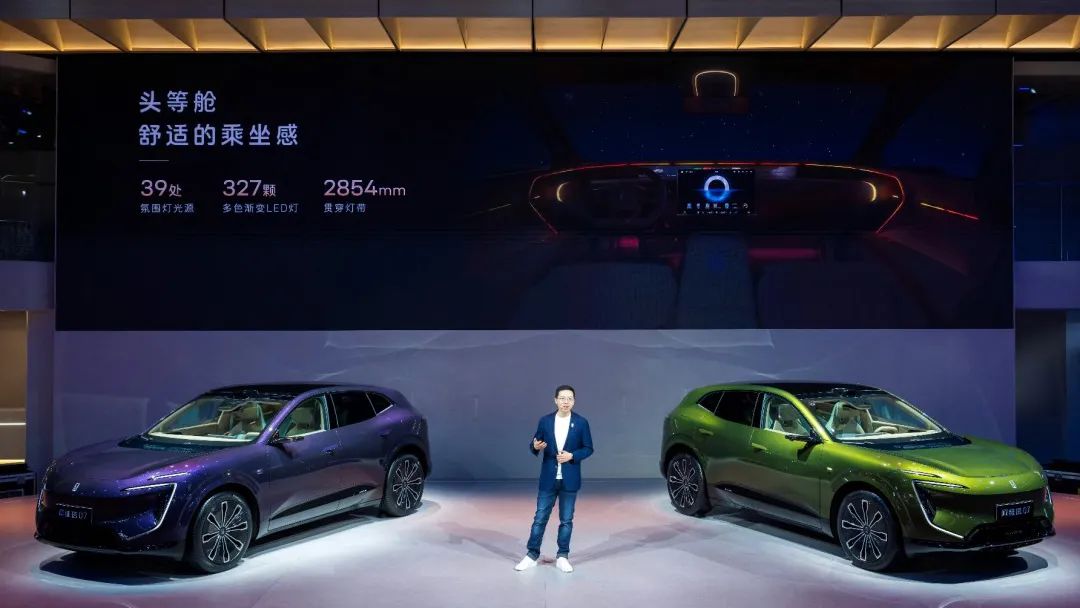
IM Motor has been known for its aggressive pricing strategy. The purchase price of IM Motor LS6 will likely follow that of Letao L60. AITO 07 has more pricing flexibility due to its extended-range capability and Huawei's full-featured intelligent driving system, allowing it to compete with both Zeekr 7X and Letao L60 while focusing more on Zeekr 7X's pricing market.
In summary, the commonality among these vehicles is their competitive pricing and excellent product capabilities, yet they struggle to dominate the over-300,000 yuan market segment.
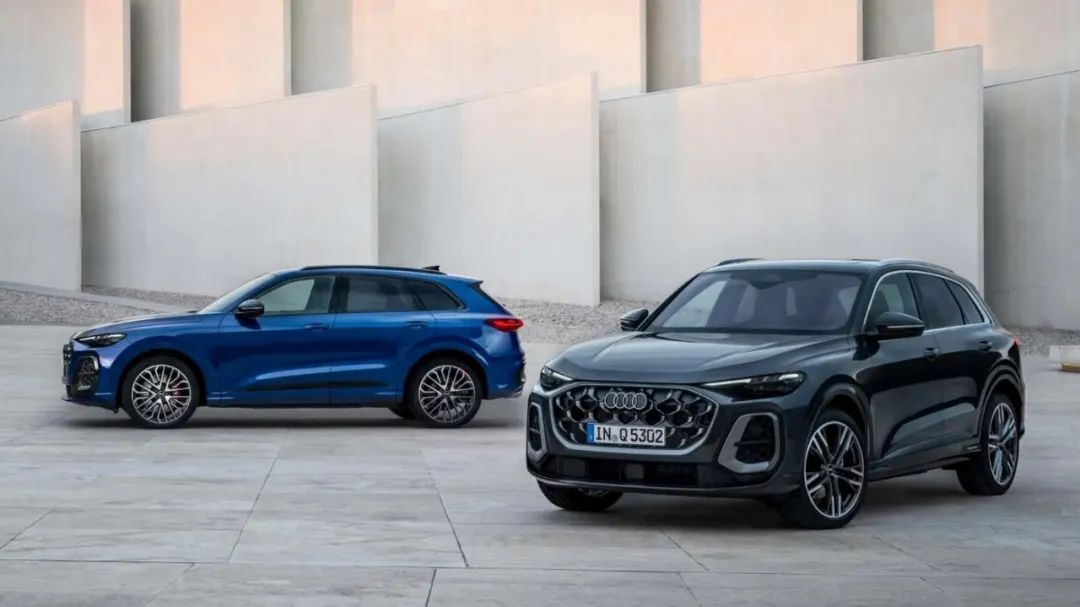
This is the logic of intense competition: once a benchmark product lowers its price, similar products will follow suit. This has been seen with BYD's Champion and Honor editions and Tesla's Model Y price cuts. The current situation is that traditional luxury cars priced above 300,000 yuan have no choice but to compete at lower price points.
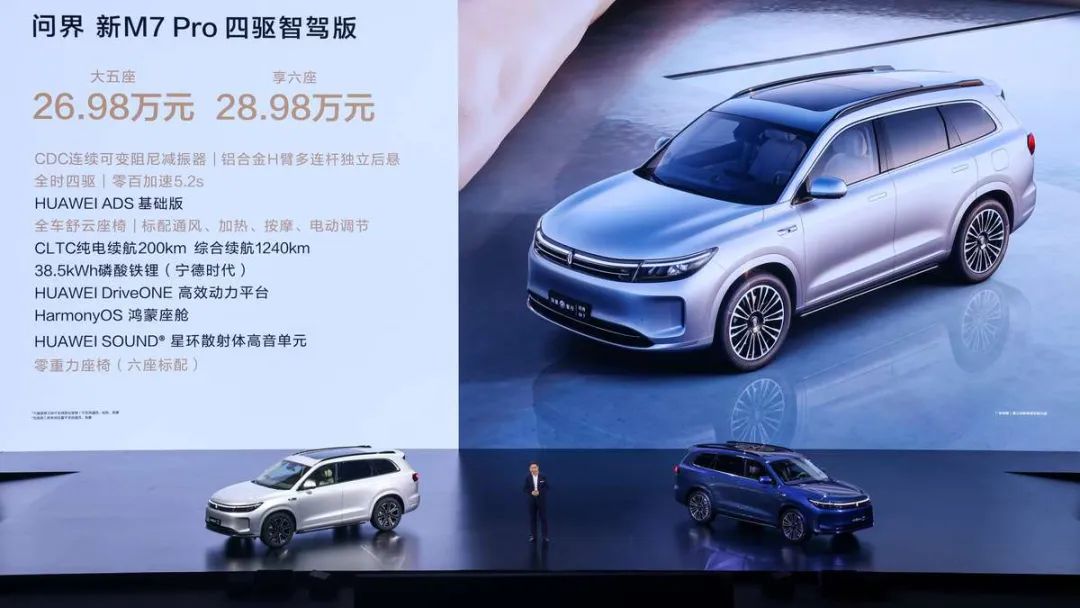
The current landscape is such that Letao L60 has set the lowest price bar, and due to its BAAS model, no other player can match its prices below 150,000 yuan. Lixiang L6 quickly surpassed 100,000 sales, dominating the 250,000 yuan market segment. AITO M7 has done the same with its Pro and Ultra versions, capturing the 250,000-300,000 yuan market. With Zeekr 7X entering the scene, traditional luxury cars, especially gasoline-powered ones, will face even greater competition in the 250,000-280,000 yuan range.
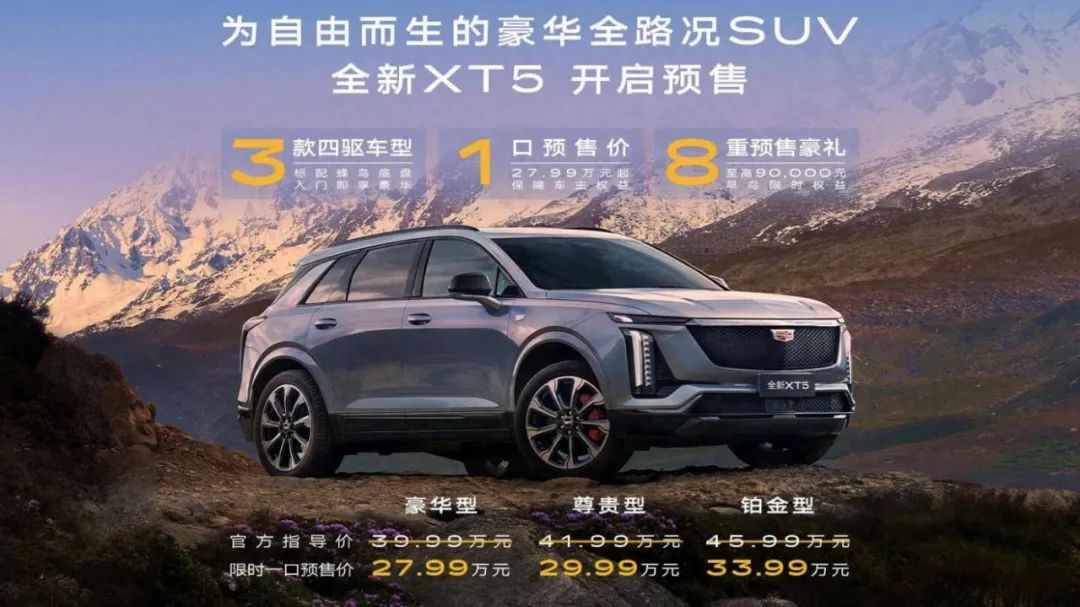
While top-tier brands can still compete, second-tier brands are increasingly adopting a strategic retreat. Cadillac, for example, has offered a limited-time fixed price for its best-selling XT5, with a pre-sale price range of 279,900-339,900 yuan. Compared to previous models, this represents a price cut of over 100,000 yuan.
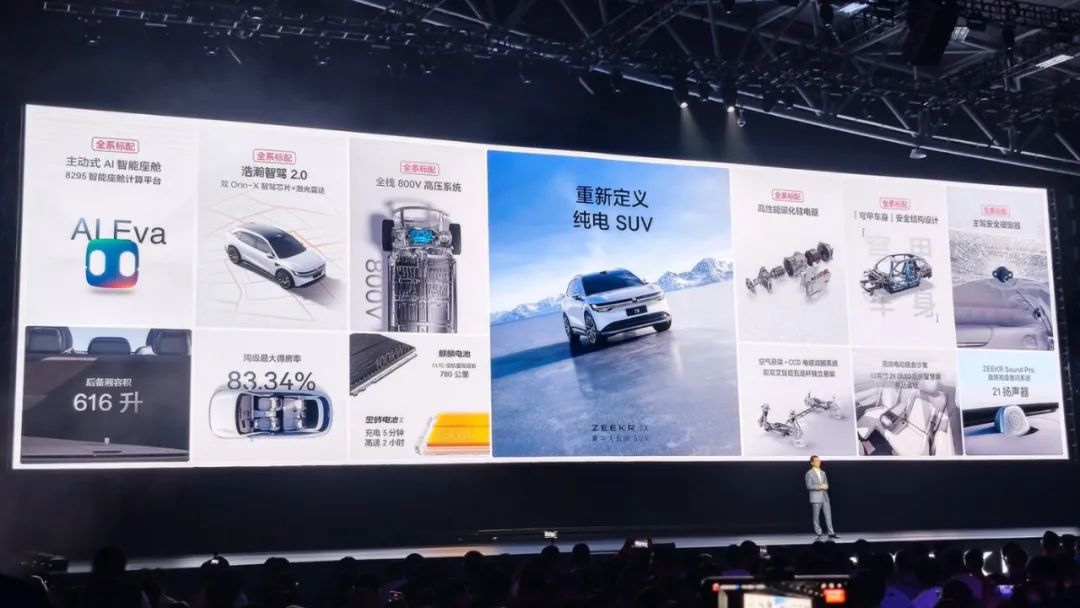
Even with overlapping price points, it's clear that new energy vehicles come equipped with the latest and most popular technologies, including large models, urban NOA, advanced chassis technology, and air suspension. Charging speeds are getting faster, with 800V ultra-fast charging no longer sufficient, and the era of charging over 500 km in 10 minutes is here. The addition of extended-range capabilities makes it difficult for established automakers to catch up technologically. As a result, direct competition is no longer viable.
Today, the threshold for popular vehicles priced above 300,000 yuan has been lowered by over 100,000 yuan. The bare-bones price of the Mercedes-Benz C-Class is less than 190,000 yuan, the entry-level Mercedes-Benz GLC is priced below 290,000 yuan, the entry-level Audi A4L is priced below 220,000 yuan, the Audi Q5L is priced below 260,000 yuan, the BMW 3 Series is priced below 250,000 yuan, and the BMW X3 is priced below 280,000 yuan.
Therefore, Cadillac's new XT5 pricing is merely a preview. As Chinese brands push prices down another 50,000 yuan, traditional luxury automakers will have to find new ways to compete given the limited market size. After all, the technological disparity is growing ever wider.
At the communication meeting on the second day of NIO Day L60, we asked Li Bin about a recent rumor. As NIO NT3.0 gradually replaces its predecessors starting from 2025, and with the overwhelming success of NIO Day L60, there are rumors that NIO will consider raising prices in the future to leave more room for NIO Day L60 to survive.
Li Bin replied that NIO's upcoming vehicles will have more business features in addition to their existing family-oriented and intelligent features. Additionally, niche models catering to individual preferences, such as the ET5T and EC6, will continue to be available. Furthermore, considering the performance of top companies like Huawei and BYD, it is evident that the market for vehicles priced above 300,000 yuan will truly become a watershed for luxury cars.
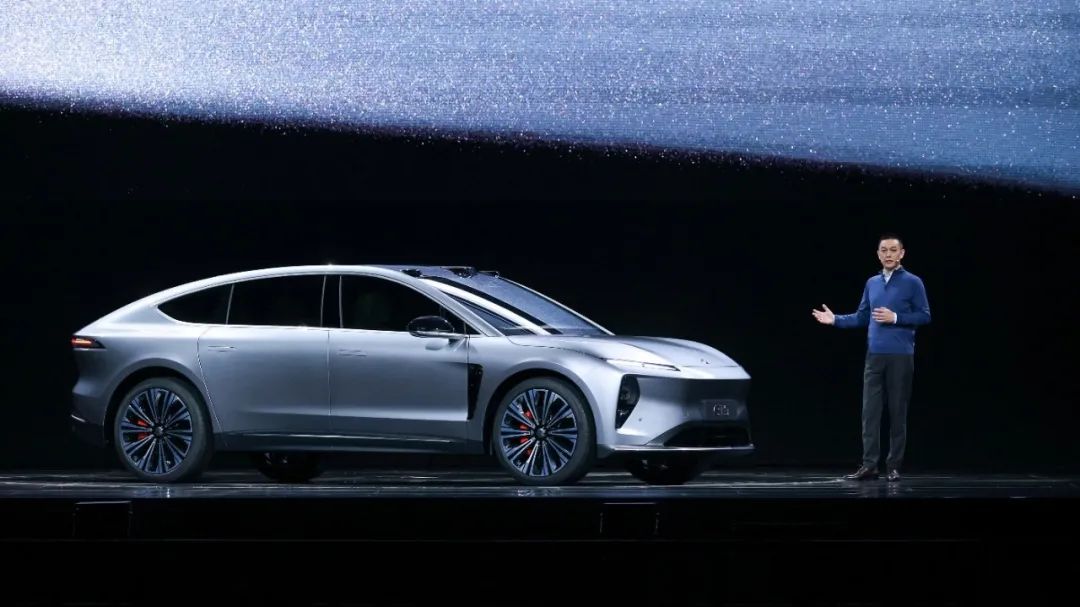
To achieve sales in the market above 300,000 yuan, one must possess exclusive core technologies in the industry. Simply maxing out configurations is not enough to survive in this market. BYD priced the Denza Z9 GT, equipped with its three-motor technology, at a starting price of 334,800 yuan. Huawei, on the other hand, leveraged its ADS3.0 Kunlun Intelligent Driving system, LiDAR, and end-to-end capabilities to boost the performance of the AITO M9. Even Lixiang has recently increased sales of the L9, accounting for 20% of its internal sales, thanks to its latest end-to-end + VLM intelligent driving technology.
Although the concept of conditionally automated driving is debatable, the increase in sales undeniably indicates that some consumers have already embraced it. As for NIO, with the increasing number of swap stations in every county, it is building an insurmountable moat that competitors cannot catch up with. Judging from the overwhelming success of NIO Day L60, Li Bin's long-term vision is gaining momentum.
Closing Thoughts
In fact, the latest rumors reveal more changes in the market above 300,000 yuan. It is rumored that EnjoyAuto S9 is reassessing its market strategy after its launch, while Huawei and Beijing Automotive Group are reconsidering their approaches to breaking through in the new energy vehicle market. The high difficulty of pure electric vehicles has lowered the market competition to the 200,000 yuan range, and the same logic applies to extended-range electric vehicles (EREVs), plug-in hybrid electric vehicles (PHEVs), and intelligent driving. As automakers compete with each other, such as Lixiang and AITO, they dare not overstep the pricing boundaries for new EREVs and PHEVs.
As for who can stand out in the market below 300,000 yuan, NIO Day L60 provides a classic example: no weaknesses, obvious strengths, and highly competitive pricing. Li Bin has also announced that a mid-to-large-sized family SUV will be delivered in the third quarter of 2025, ensuring a continuous supply.
Regarding when the issue of difficult sales in the market above 300,000 yuan will be resolved, it depends on both technological reserves and, more importantly, when the economy recovers and income expectations become optimistic again.

